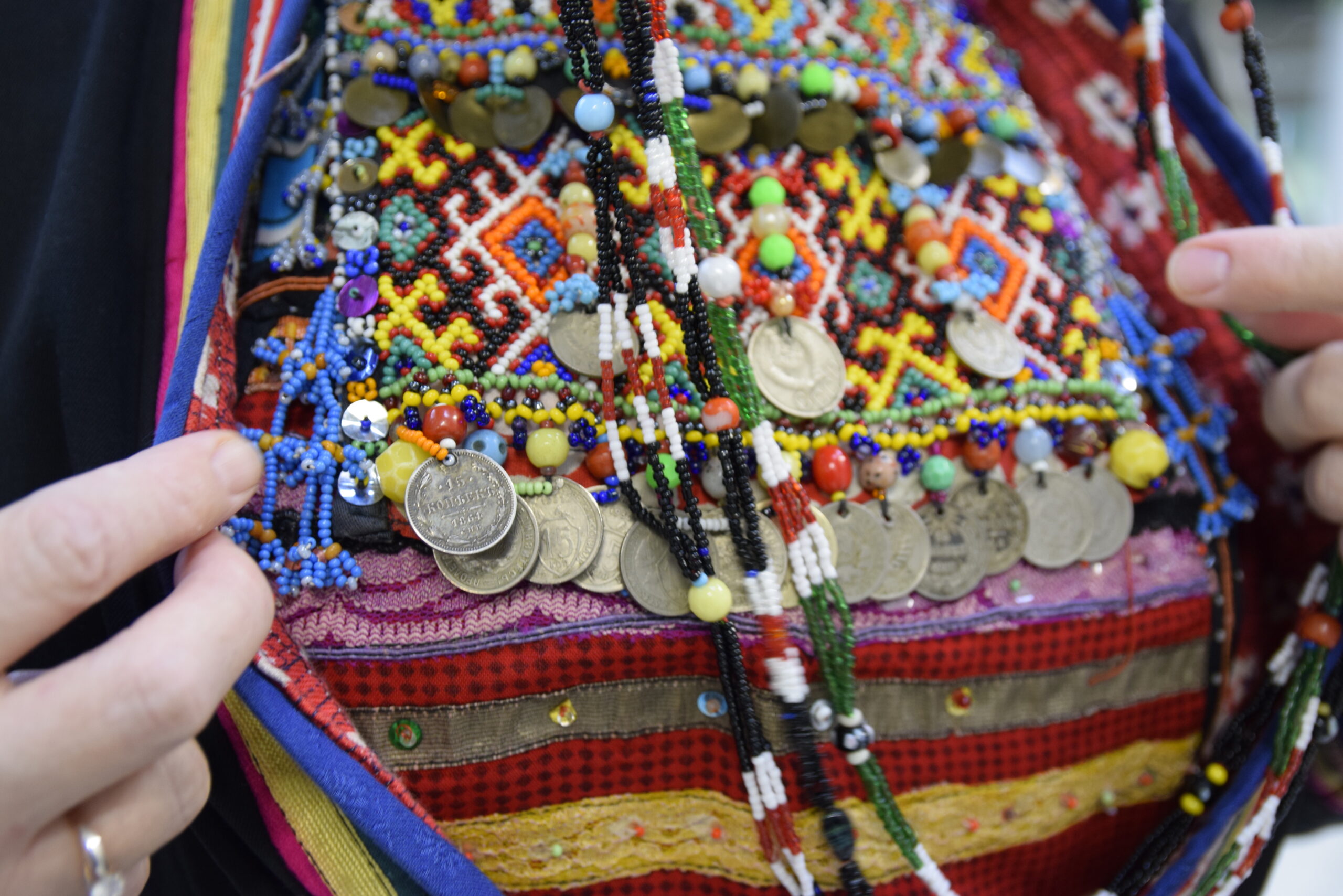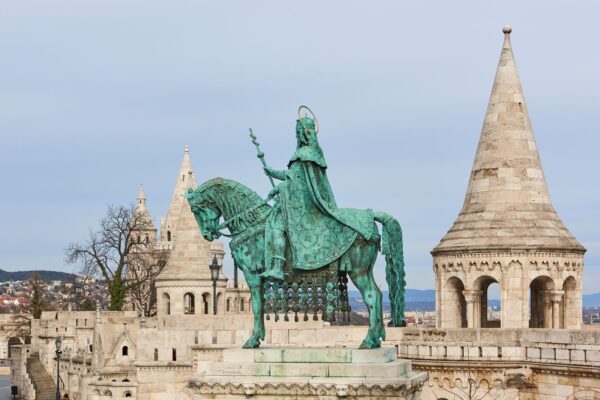
Finno-Ugric Studies
Finno-Ugric studies of Finno-Ugristics as a scientific field has developed into an exact science during the past 250 years. Pioneers in this field were Janos Sajnovics and Samuel Gyarmathy, great collectors of language material Antal Reguly and Mattias Aleksanteri Castrén. Finno-Ugric studies reached scientific exactness thanks to the work of Ferdinand Johann Wiedemann, Emil Nestor Setälä, Jószef Budenz and Jószef Szinnyei. An aim of the classical Finno-Ugristics that they created was the historical-comparative study of Finno-Ugric and Samoyedic languages, with the goal of reconstructing the proto-language.
During the past half a century, the concept of classical Finno-Ugristics has broadened: thanks to the tradition started by Kustaa Vilkuna, Gyula Ortutay and Paul Ariste in 1960s of international congresses of Finno-Ugric studies, the concept of Finno-Ugric studies has expanded to mean studying all fields of the spiritual and material cultures of the Finno-Ugric peoples. Indeed, nowadays the term ‘Finno-Ugric studies’ means the scientific field, which studies the languages, cultures and history of the Finno-Ugric peoples.
The international congresses of Finno-Ugric studies that are held every five years are the principal forum of cooperation for scholars of Finno-Ugric studies, i.e., Finno-Ugrists. The most recent congress took place in 2022 in Vienna (Austria) and the next one will be held in Tartu (Estonia) in 2025.
In Estonia, several research and academic institutions are involved in Finno-Ugric studies. These include the Institute of Estonian Language, Estonian National Museum, Estonian Literary Museum, University of Tartu and Estonian Academy of Arts.
Besides Estonia, Finland, Hungary and Russia, Finno-Ugric studies are conducted in several other countries, e.g., Germany, Austria, Sweden, Poland, Norway, Japan, France and Italy.


